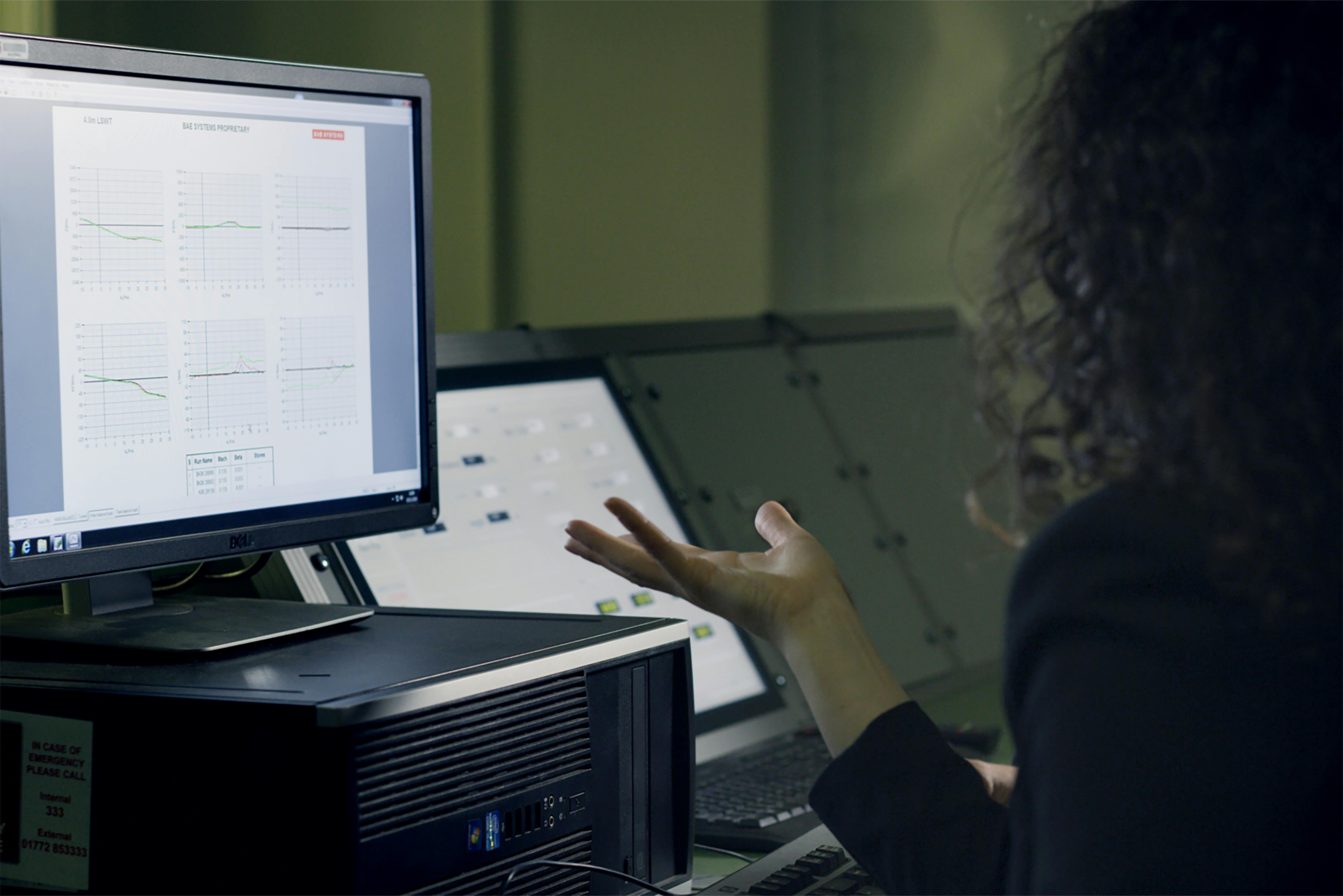by Ashley Carter
Share
A LIMS (Laboratory Information Management System) is a powerful tool for any laboratory seeking to improve workflow and efficiency. Whether you are currently exploring LIMS options or seeking to improve the use of your existing LIMS, let’s explore some ways tracking work in LIMS can benefit your laboratory.
The features described below are provided by Wavefront Software. However, every LIMS solution is going to be a little different and may offer different features than are shown here.
Importance of Tracking Work
Before we dive into the features of a LIMS, it is important to understand the importance of tracking work accurately for a laboratory. Below are a few of the most common points that show the importance of tracking work in LIMS.
- Traceability – This could very well be the most important part of tracking work. Knowing where a sample came from and what processing has been done to it is key to accurate analysis and reporting. It is also a common requirement for customers and accrediting bodies.
- Audit Records – Errors happen and when they do, it’s important to be able to figure out what data was changed. Audit records provide that information. It’s also key in supporting finalized data to show that data has not been changed in error.
- Status Updates – Knowing exactly where a test is throughout the process at any given time is key to analyzing the process. Statuses also help in understanding bottlenecks and gathering data for efficiency improvements.
- Coordinating Workflow – By tracking the work through the laboratory, management will better understand the upcoming demands on inventory and personnel. This will allow for adjustments to be made ahead of time to avoid work stoppages or delays.
Capturing the Right Data
Much of the tracking work in LIMS is in capturing the right data for each sample. Associating the sample to the correct order(s) and test(s) and capturing appropriate metadata are key features of a LIMS. Additionally, the ability and flexibility to add to that metadata as needed is valuable in a LIMS. Some of these points, such as associating samples to orders, can be standard features in many LIMS solutions. Other areas, such as tracking customer-provided identification numbers, may require a field created for that information.
Points to Consider for a New LIMS
If you’re on the path of searching for a new LIMS provider, consider how you might capture the right data. See the below points as guidance.
- How does the LIMS solution ensure samples, tests, and orders, are tied together appropriately? Is it logical and easy to follow for anyone navigating in LIMS? Can someone quickly find what order a sample was created from?
- How is metadata captured in LIMS? As described above, capturing data about a sample, order, or test is extremely important for traceability. However, this data often changes. A new customer may require different data that you need to track. How does the LIMS provider support capturing this data? Can you, as the user, create fields as needed, or do you have to request the field to be created by the LIMS provider?
Wavefront LIMS
The hierarchy of samples, tests, and orders within Wavefront LIMS makes identification of what order any given sample or test is associated with easy. There are even links to streamline navigation.
In addition, Wavefront’s friendly user interface supports the creation of user-defined fields to capture whatever information is necessary. The best part is you are able to create and edit those fields without need for coding or Wavefront support. Therefore, when a customer asks for new information to be captured, a field can be created for it within seconds.

Capturing Audit Records
Any laboratory that holds accreditations has likely gone through some sort of audit process. This likely required proof that the information provided on a certification has not been edited after it was approved. Therefore, a LIMS solution should provide auditing capabilities that support this review. This can be something in the user interface, or a larger data pull from behind the scenes.
Points to Consider for a New LIMS
If you’re on the path of searching for a new LIMS provider, keep the below points in mind when considering how audit data is captured and accessed.
- How long is the audit data retained? Depending on storage capabilities, LIMS providers may automatically trim the data. However, some laboratories require the data be available longer. This is very important to discuss with your LIMS provider early in the process.
- How is the audit data accessed? Are there methods to access a subset of the data from the user interface? Alternatively, must all of the audit data be pulled from the tables behind the scenes through coding requests?
- What data is captured in the audit tables? Some audit data just captures the fact that a field was changed. This minimalist approach may be sufficient for some scenarios, but if you’re looking for information about who made what changes, more detail is necessary.
Wavefront LIMS
Audit data in Wavefront LIMS includes what field was changed, the value it was changed to, who made the change, and when. In addition, the storage time can be adjusted as needed, ranging from 30 days to indefinitely. There are also multiple methods to access audit data, depending on what kind of detail or volume is needed.
- Look up the changes made to a specific field or test with the field history option located directly on the LIMS user interface screen.
- Review a complete order or specification to confirm what changes have been made by running an audit report from the LIMS user interface.
- If more information is needed over a wider range of objects, then audit data for essentially all of the objects within LIMS is available from SQL tables.
Monitoring Status Updates and Workflow
Tracking work in LIMS through status updates is an excellent way to monitor the backlog at each stage. This is a helpful tool to understand where bottlenecks are arising, which is key to improving efficiency of laboratory processes. Having this information readily at hand helps manage the laboratory but it also supports streamlined communication with stakeholders. The ability to quickly search for an order or sample and return exactly where it is in the overall process is a significant time saver. It makes the information readily available and removes the need to manually hunt for samples in the laboratory. Additionally, having the information available improves communication overall.
Points to Consider for a New LIMS
If you’re on the path of searching for a new LIMS provider, keep the below points in mind when considering how tracking statuses can affect your decisions.
- Do you have distinct steps within your process where it is helpful to know how many samples are queued?
- Are you required to give updates on specific samples, tests, or orders, including where they are within the process?
- Do you need to monitor throughput and turnaround time?

Wavefront LIMS
Status flow is very important within Wavefront LIMS, and as such is integrated throughout the system. Many features are designed to help you take advantage of statuses and make tracking work in LIMS a streamlined process. Below are just a few examples where status updates can be applied.
- Color coding provides an at-a-glance view of what status orders, samples, and tests are at.
- Dashboards provide summaries of throughput and workflow through key areas of a lab. This is extremely helpful for reporting to management and just keeping a close eye on the backlog throughout the lab. These charts also provide turnaround time, allowing you to track efficiency within the process.
- Status Boards provide a live view of the samples and tests to be completed. A different view can be created for each point in the laboratory’s process flow. This is like an airport’s display board of upcoming flights. As work is prioritized, it is raised to the top of the list. Therefore, those in the lab always work on the right tasks.
- Automated notifications can be defined to alert a group of individuals when a test, sample, or order moves to a particular status. This is very helpful when something is completed and requires review, or if a test fails.
Tracking work in LIMS is extremely important for managing any laboratory efficiently. Wavefront LIMS makes that process easier through ease of configuration and powerful built-in features.
Find out more about how Wavefront LIMS can help your laboratory improve and grow. Reach out using the “Schedule a Demo” button at the top of the page. A knowledgeable Wavefront employee will be in touch.
STAY IN THE LOOP
Subscribe to our Free Content
Learning about LIMS is a monthly article series where Wavefront shares questions that have come up throughout our interactions with a range of individuals and customers. We do our best to provide information about each topic to help people learn more about LIMS.
Sign up here to be added to our mailing list and receive these articles directly in your inbox.
In today's fast-paced labs, data-driven decision-making is essential. Utilizing advanced data analysis tools, like LIMS dashboards and KPIs, boosts operational efficiency. This article explores how these tools enhance performance and reduce costs, helping labs maintain exceptional quality standards.
Lab Data Management with a LIMS reduces errors and improves efficiency compared to manual data entry. Move away from spreadsheets and separate documents and see how Wavefront LIMS can improve your laboratory's workflow.
Experience the transformative power of a state-of-the-art LIMS system tailored to meet the unique needs of your laboratory. Our LIMS solution seamlessly integrates with your existing systems, streamlining workflows and boosting productivity. Say goodbye to manual processes and hello to automated efficiency with our cloud-based LIMS system. Schedule a demo today and unlock the full potential of your laboratory operations.
Unlock new levels of efficiency with LIMS workflow automation. Automate critical laboratory workflows without coding. Wavefront's powerful automation engine with over 800 built-in conditions and actions allows limitless customization of your LIMS processes.





